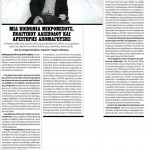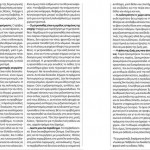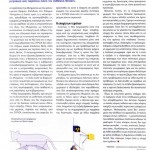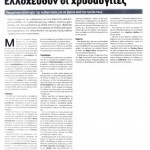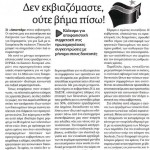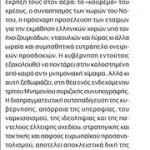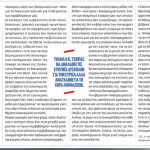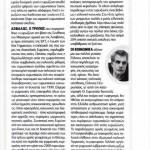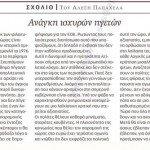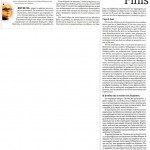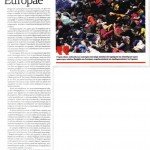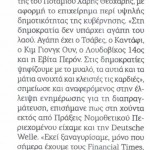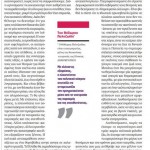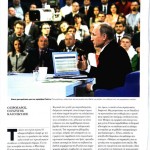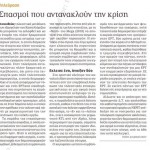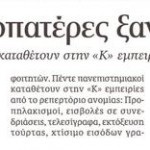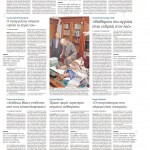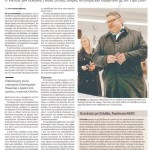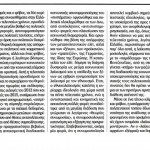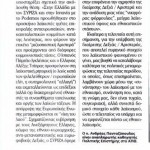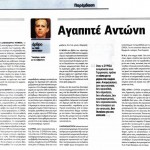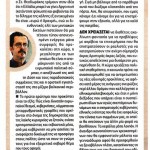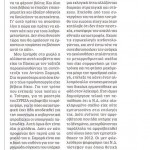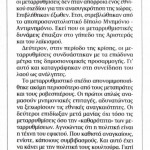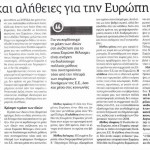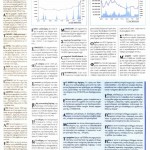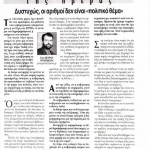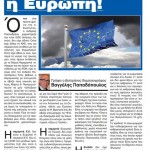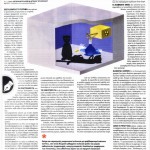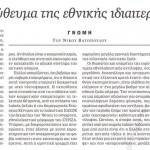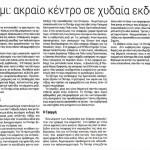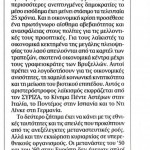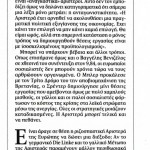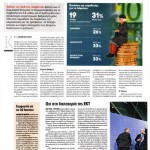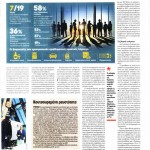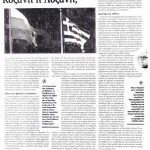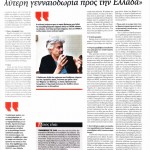Monthly Archives: April 2015
Abstract
In most countries, men are more likely to vote for parties of the populist radical right (PRR) than women. The authors argue here that there are two mechanisms that might potentially explain this gender gap: mediation (women’s attitudes and characteristics differ from men’s in ways that explain the PRR vote) and moderation (women vote for different reasons than men). They apply these two mechanisms to general theories of support for PRR parties—the socio-structural model, the discontent model, and the policy vote model—and test these on a large sample of voters in seventeen Western and Eastern European countries. The study shows that the gender gap is produced by a combination of moderation and mediation. Socio-structural differences between men and women exist, but the extent to which they explain the gender gap is limited, and primarily restricted to post-Communist countries. Furthermore, women generally do not differ from men in their level of nativism, authoritarianism or discontent with democracy. Among women, however, these attitudes are less strongly related to a radical-right vote. This suggests that men consider the issues of the radical right to be more salient, but also that these parties deter women for reasons other than the content of their political programme. While the existing research has focused almost exclusively on mediation, we show that moderation and mediation contribute almost equally to the gender gap.
Published online: 15 Apr 2015, in Patterns of Prejudice, Volume 49, Issue 1-2, pages 103-134, DOI: 10.1080/0031322X.2015.1024399, http://www.tandfonline.com/doi/full/10.1080/0031322X.2015.1024399#preview
Abstract
Why do more men than women vote for populist radical-right (PRR) parties? And do more men than women still vote for the PRR? Can attitudes regarding gender and gender equality explain these differences (if they exist)? These are the questions that Spierings and Zaslove explore in this article. They begin with an analysis of men’s and women’s voting patterns for PRR parties in seven countries, comparing these results with voting for mainstream (left-wing and right-wing) parties. They then examine the relationship between attitudes and votes for the populist radical right, focusing on economic redistribution, immigration, trust in the European Union, law and order, environmental protection, personal freedom and development, support for gender equality, and homosexuality. They conclude that more men than women do indeed support PRR parties, as many studies have previously demonstrated. However, the difference is often overemphasized in the literature, in part since it is examined in isolation and not compared with voting for (centre-right) mainstream parties. Moreover, the most important reasons that voters support PRR parties seem to be the same for men and for women; both vote for the populist radical right because of their opposition to immigration. In general, there are no consistent cross-country patterns regarding gender attitudes explaining differences between men and women. There are some recurring country-specific findings though. Most notably: first, among women, economic positions seem to matter less; and economically more left-wing (and those with anti-immigrant attitudes) women also vote for the PRR in Belgium, France, Norway and Switzerland; and, second, those who hold authoritarian or nativist views in combination with a strong belief that gays and lesbians should be able to ‘live their lives as they choose’ are disproportionately much more likely to vote for PRR parties in Sweden and Norway. Despite these findings, Spierings and Zaslove argue that the so-called ‘gender gap’ is often overemphasized. In other words, it appears that populist radical-right parties, with respect to sex and gender, are in many ways simply a more radical version of centre-right parties.
Published online: 15 Apr 2015, in Patterns of Prejudice, Volume 49, Issue 1-2, pages 135-162, DOI: 10.1080/0031322X.2015.1024404, http://www.tandfonline.com/doi/full/10.1080/0031322X.2015.1024404#preview
No abstract available
Published online: 15 Apr 2015, in Patterns of Prejudice, Volume 49, Issue 1-2, pages 3-15, DOI: 10.1080/0031322X.2015.1023642, http://www.tandfonline.com/doi/full/10.1080/0031322X.2015.1023642#preview


